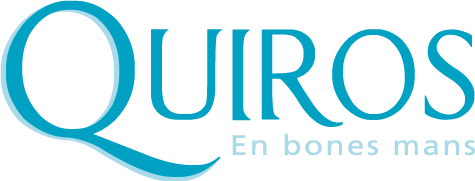
TYPES OF OSTEOPATHIC TECHNIQUES
-
Structural Techniques
Aimed at restoring balance in the musculoskeletal system and posture. They are especially applied to the spine and in cases of trauma.
-
“Trust” or “Bone Cracking”
A low-amplitude, high-velocity technique used to reposition altered joints. It requires great experience to avoid injury. It is well known among patients for the “click” sensation in the joints.
-
Craniosacral Techniques
Act on the skull, sacrum, and central nervous system. They are gentle and deep, indicated in cases of migraines, stress, insomnia, or neurological disorders.
-
Visceral Techniques
Focused on the treatment of internal organs. Through manipulation, mobility and blood flow are improved, enhancing digestive, respiratory, or gynecological function.
-
Myofascial Release
The fascia is the tissue that surrounds muscles. When it loses elasticity, it can cause pain. This technique aims to eliminate adhesions and improve the muscle-fascia relationship.
-
Trigger Points or Tender Points
Painful spots that radiate to other areas. The Jones technique involves placing the muscle in a comfortable position while applying pressure to reduce pain.
-
Muscle Energy Technique
The patient performs a gentle contraction while the therapist stretches the muscle. Useful for relaxing shortened or tense muscles.
-
Cyriax
Involves transverse friction over the injured tissue. It stimulates circulation and removes waste substances, promoting tissue regeneration.
-
TMJ Treatment (Temporomandibular Joint)
Focused on relaxing the masseter muscle. It is key in cases of bruxism, jaw tension, or related headaches.
-
RPG – Global Postural Reeducation
A technique that aims to balance muscle chains through active stretching. Indicated for correcting postural alterations and relieving chronic pain.
-
Biodynamic Osteopathy
Does not focus on symptoms but on the body’s latent health. The therapist tunes into the patient’s deep rhythm to support self-regulation.




